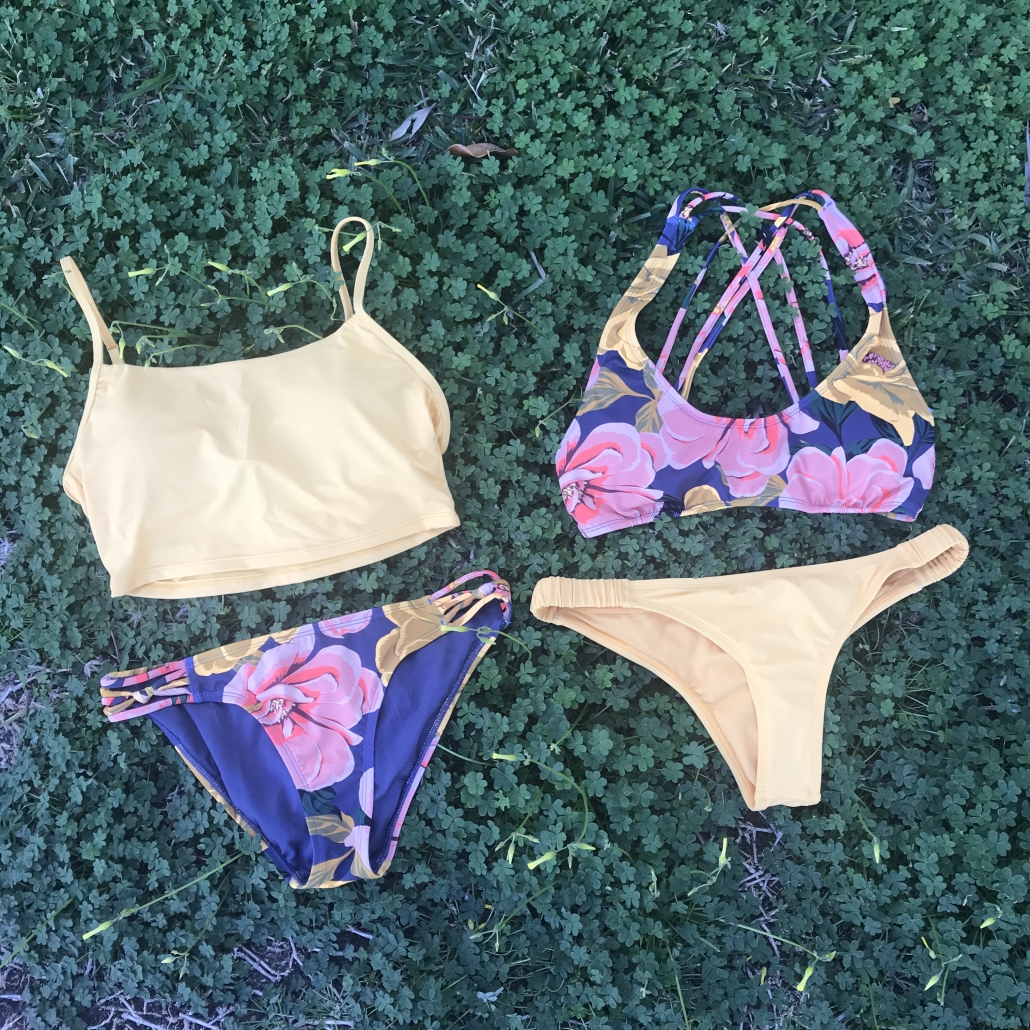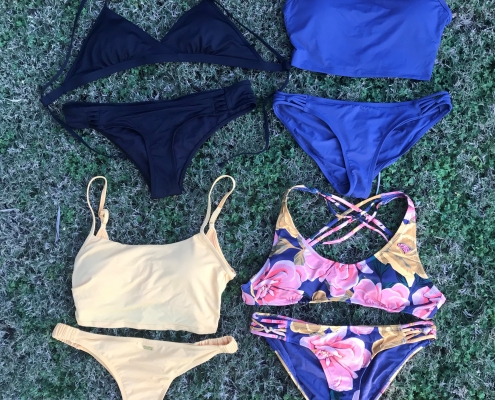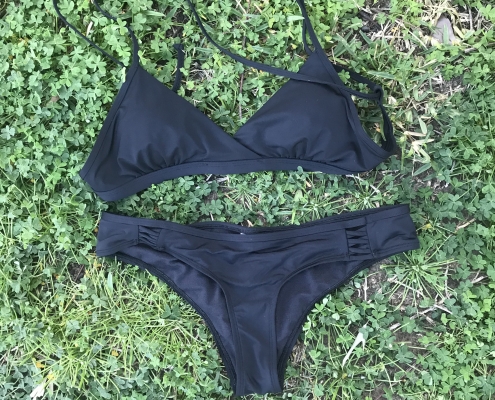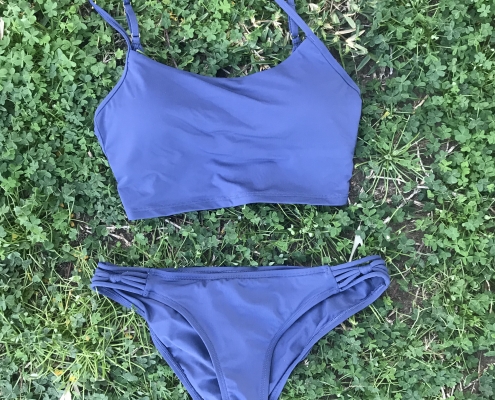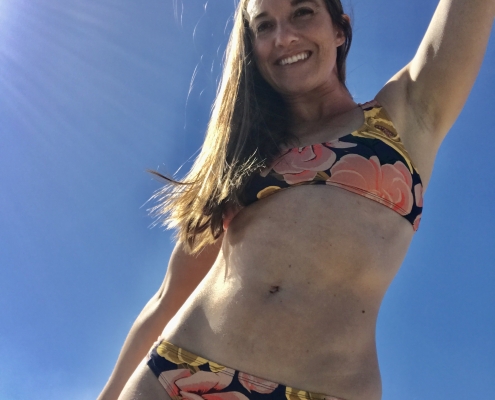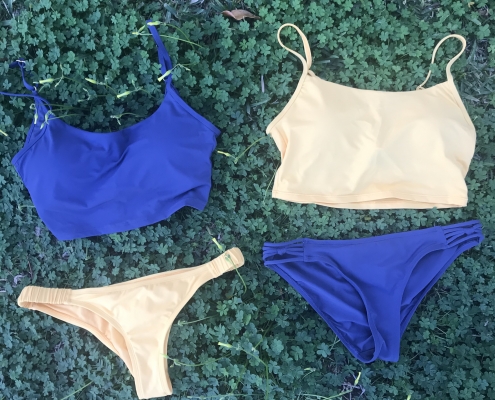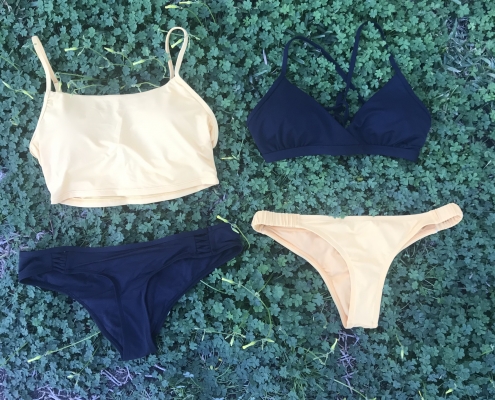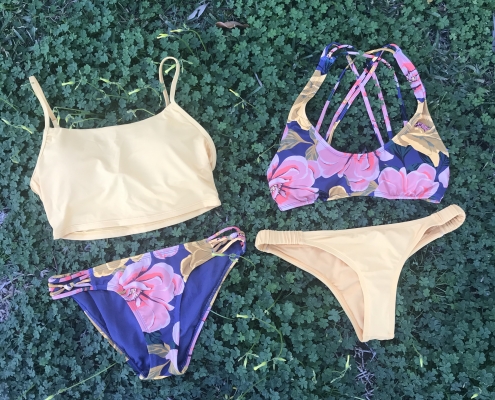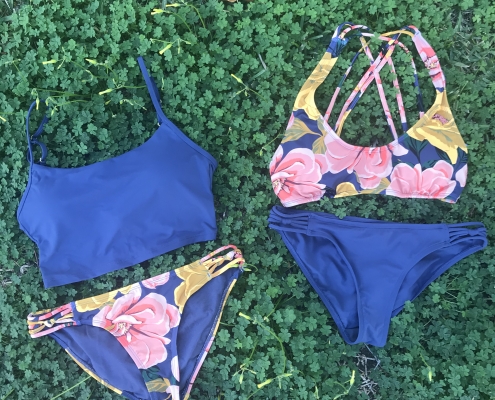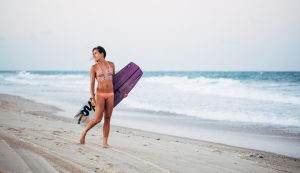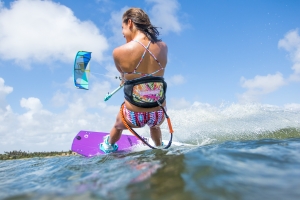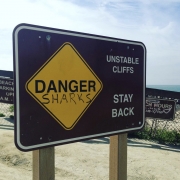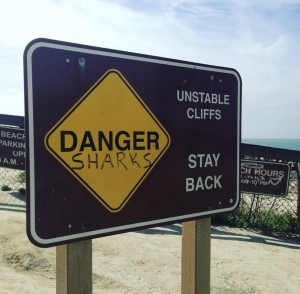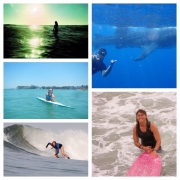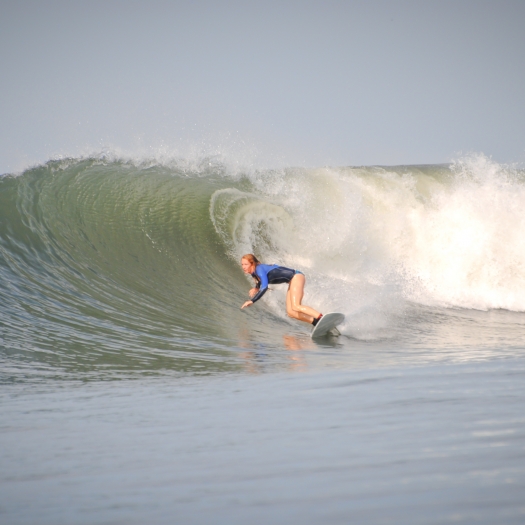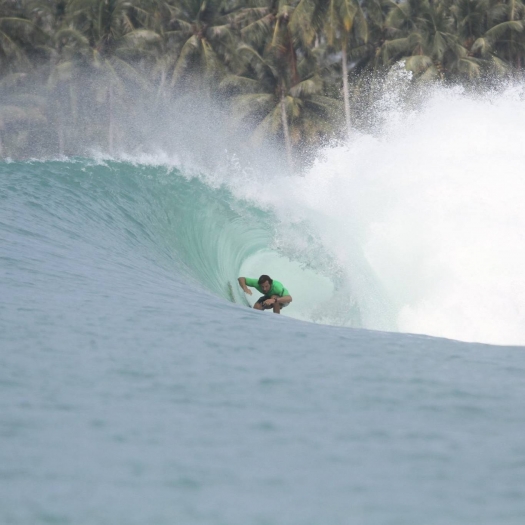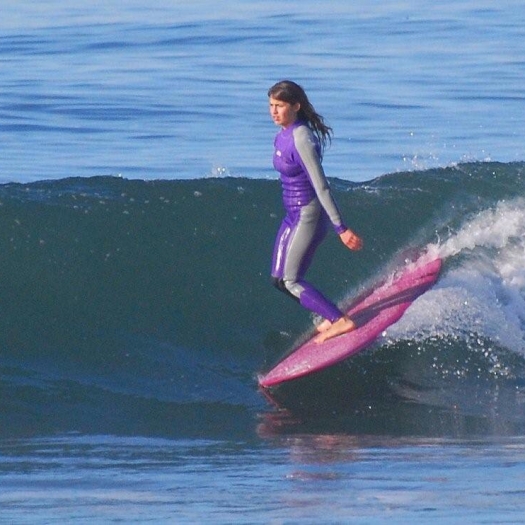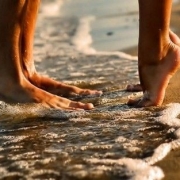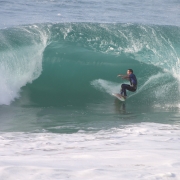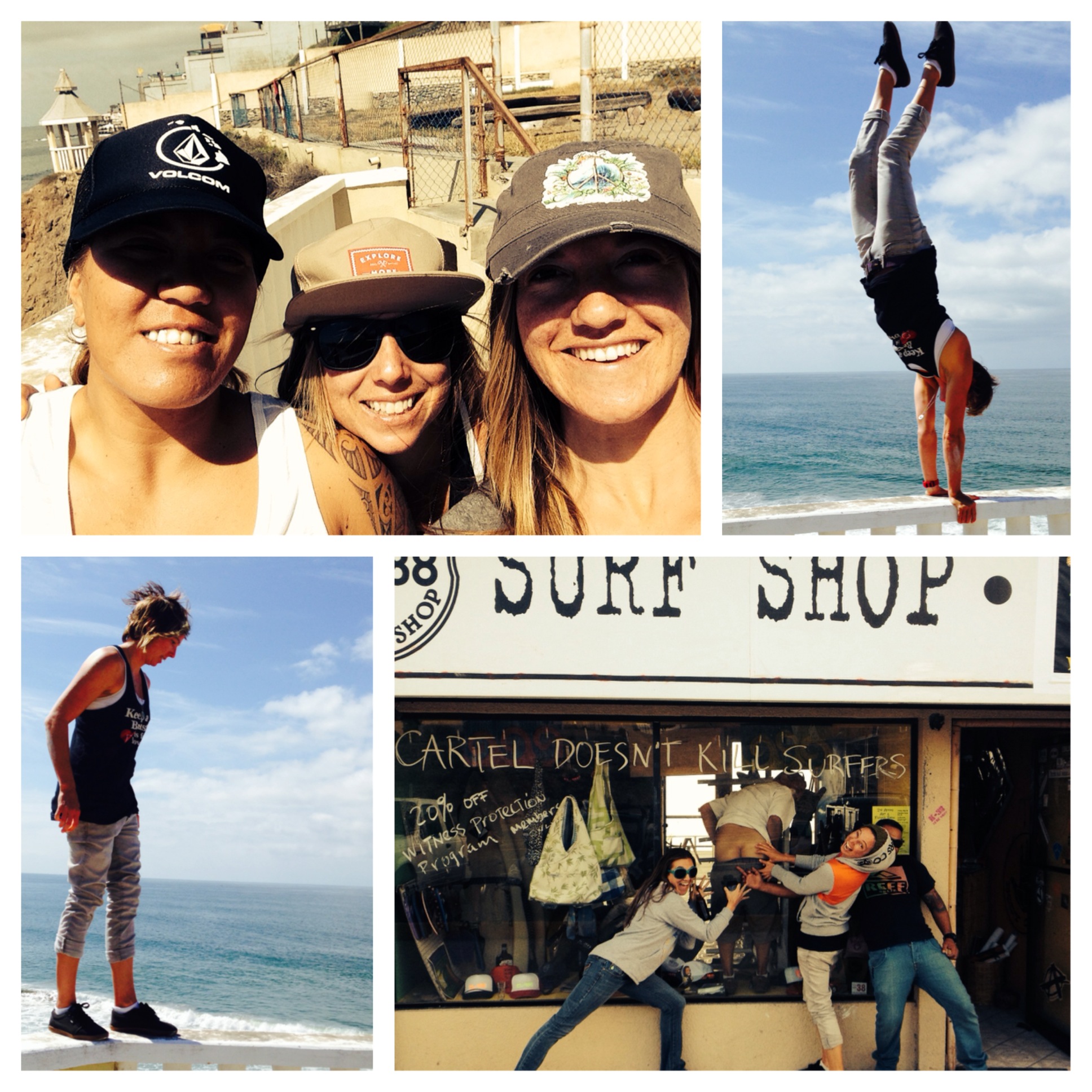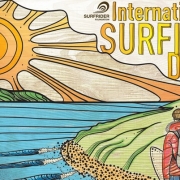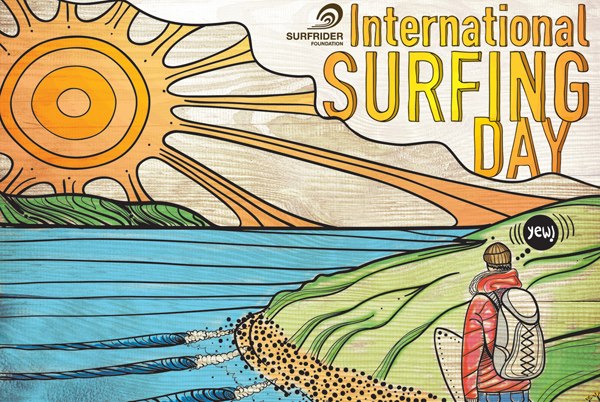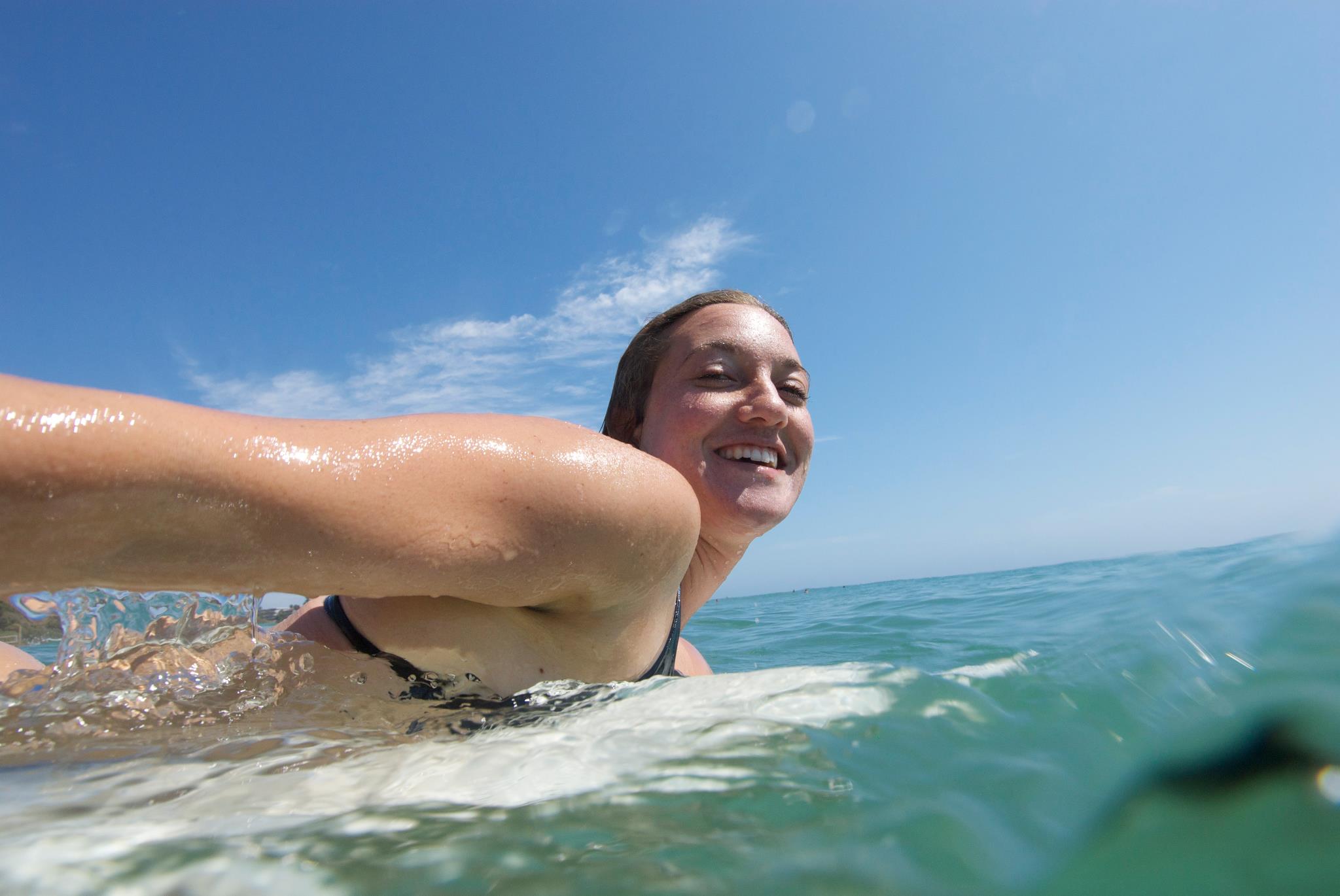All photos courtesy of California State University-Long Beach’s Shark Lab.
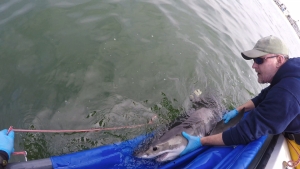
Dr. Chris Lowe releases a juvenile white shark after successfully affixing a “smart tag” on its dorsal fin.
As surfers and aqua/nature junkies, our interaction with the ocean and it’s wildlife plays a huge role in our peace of mind. If you’re any kind of nature enthusiast, you know that the ocean can be a serene place that can quickly turn into your worst nightmare. But once you choose to recognize both sides of this personality coin, the “Dr. Jekyll and Mr. Hyde” aspect is seemingly understood and accepted.
The bottom line is: No matter who you are or what you do, mother nature always schools us. ALWAYS.
Great white sharks are one of the most mysterious and evolved predators on the planet and, despite the overblown hype (read “Hollywood”), we know so little about their lives beneath the waves. Sharks are always lurking in the back of our minds, our thoughts fashioned by Hollywood’s wildest Sharknado fantasy. As of late, Southern California has acquired quite a bit of ‘shark media’ due to a tragic collision with our grey-suited landlord doing it’s “shark thing” and a young lady at San Onofre’s Church break doing her “human thing.”
{Read: Surfline’s exclusive interview with her here.}
Through the whispers of sightings that circulated our lineup gossip combined with mainstream media salivating over chunks of info/news leads, I craved scientific explanation and education.
A real encounter, much less an actual attack on a human is extremely rare…until recently, I thought.
After the attack, beach closures ensued every other day, surf reports included the latest shark spottings along with the shark’s observed behavior, lifeguard boats and coastguard helicopters constantly combed the coastline, and surf lineups became an uneasy, quieter and more vigilant space. The fear of great white sharks exploded into the public’s conscious as what felt like a scene from JAWS.
I CONFESS: for a hot minute, surfing in San Clemente felt like visiting Amity Island for the Fourth of July.
The difference being that no one is actually “lining up to be a hot lunch.”
The April 29th attack at San Onofre conveyed a logical and obvious conclusion, which was based on a classic case of mistaken identity that nearly cost the woman her life.
But we forget that for the past 15 million years, this toothy creature has been cruising the ocean as sort of a “clean up crew” doing the same thing it knows best: eat and make little sharks.
But why are we seeing more of our toothy acquaintance??
“It becomes difficult to empirically determine what the great white shark population numbers are,” said Professor, Marine Biology, California State University-Long Beach and The Cal State Long Beach Shark Lab Director Dr. Chris Lowe. “Based on our data, which uses a combination of fishery’s data, marine mammal bite data and human observation, the population is increasing.”
Recently featured on The Discovery Channel’s Shark Week in the “Sharks and the City: LA” episode, we watched Dr. Lowe observe giant adult great white sharks from a steel cage in the chilly waters off of Guadalupe Island, which is located off of Baja’s Northern coast.

Pictured: Dr. Chris Lowe, professor of marine biology and director of CSULB’s Shark Lab.
“The sharks in Guadalupe, the sharks in the Farallon Islands and the sharks found along Southern California, at least the ones sampled so far, all show genetic relatedness,” said Dr. Lowe. “Even though adults may go to different feeding aggregation sites, genetically, they’re all quite similar, which means they’re interbreeding. The part we are interested in is whether that population is increasing, stabilizing or decreasing and that gets tricky to determine.”
Let’s rewind to 1994:
Aside from this year supporting a decade of flannel shirts, publicizing the O.J. Simpson murder trials and debuting many many saccharine Disney movies and teen-angsty sitcoms, this was also the year California voters ushered in Proposition 132, which banned the use of nearshore gill and trammel nets. Primarily used to catch white sea bass, halibut and soup fin sharks, these fishing methods incidentally also caught marine mammals such as sea lions, dolphins and whales.
“Because that fishery had such bad by-catch of marine mammals and birds, it was brought to the voters,” said Dr. Lowe. “Since the banning of that practice, pretty much all of those species have come back, including white sea bass, which was a target in that fishery.”
The prop established a Marine Protected Zone within three miles of coastal Southern California and directed California Fish and Game to establish four new ocean water ecological reserves for marine research, among other items. Coincidentally, after 50 years of baby white sharks being caught and landed in these same nets, not only did Prop 132 come into effect, but also in that same year, great white sharks became protected by the state of California.
“The recovery of sharks and other predators was a collective effort, it wasn’t just protection,” said Dr. Lowe. “The other key part of the white shark’s success is that adult white shark’s primary food source, marine mammals, were also simultaneously recovering.”
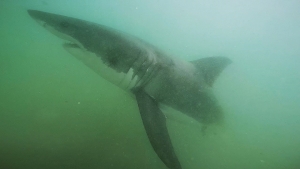
Pictured is a juvenile great white shark off of Manhattan Beach.
However, per Dr. Lowe, these populations have taken decades to recover from otherwise complete depletion via over-fishing and inhumane treatment, which dates back to the early 20th century. These animals did not receive fishing protection until 1972’s Marine Mammal Protection Act, which prohibits the “take” or harm of all marine mammals in U.S. waters. In addition, the Magnuson-Stevens Act, passed in 1976, provided further reform and regulation over the fishing industry. This act fostered long-term biological as well as economic sustainability of U.S. fisheries out to 200 nautical miles offshore–this act also supports fisheries as long as sustainable and biologically-friendly practices are utilized while rebuilding and contributing to back to marine environment.
“As a result, you see a big uptick in pretty much all marine mammals because two things were happening: Our commercial fisheries were going away because fishers could no longer afford to catch fish due to increased regulations and increased fuel costs and these marine mammal populations were really starting to take hold throughout the mid-90’s,” said Dr. Lowe.
Also hailing from the decade of disco were the Clean Water Act of 1972, which gave the Environmental Protection Agency (EPA) authority to implement wastewater standards and regulate pollutant discharge in the U.S., and the Clean Air Act of 1970, which was designed to control air pollution on a national level. The Clean Air Act was the first and is also considered to be one of the most influential and comprehensive air quality laws in the world.
“As I started to work my way down the food chain, I realized that despite all of the bad news the public is getting, there are actually some good signs,” said Dr. Lowe. “Many of these species of fish that marine mammals eat are greatly affected by water quality. When I started researching, even our water quality has gotten better over the last years. Additionally, in Southern California, we had some of the worst air quality that existed anywhere in the country. And now our air is cleaner with five times more people and 28 times more cars than it was 10 years ago.”
Despite the unfortunate attack, the fearful rumors and inquiring minds (like yours truly), after decades of regulation and concerted conservation efforts from passionate scientists, organizations and volunteers, great whites are bringing hope to marine biologists and conservationists.
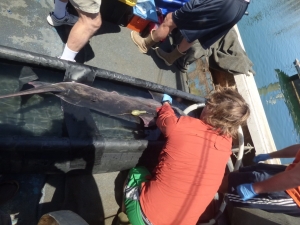
Shark Lab grad student Connor White attaches a PAT tag to a juvenile white shark off of the Ventura coast.
“As I started to look at all of these things, I recognized that some things are getting better,” said Dr. Lowe. “Protection and conservation are actually working, it’s just taking decades to see the affects.”
As we remain vigilant during our surf sessions and interactions with the ocean, it is important to consider and respect who’s home we are entering. Although it’s impossible to predict an attack, pay close attention to basic signs of when to stay out of the water. The Discovery Channel’s 20 Ways to Avoid a Shark Attack is a pretty comprehensive list–it’s also important to listen to your gut.
The same day of the San Onofre attack, I happen to be in San Clemente and, of course, had a surf itch, but no board. After attempting to borrow one from a friend, I resolved to take my time and drive by the San Clemente Pier to check the waves.
I saw the brown murky water with a few crumblers rolling through–Man, it looks sharky, I thought, and decided against meeting my friend at SanO.
Somewhere around the same time this thought ran through my mind, the attack occurred at Church.
Sometimes it’s hard to define “sharky” waters or what your gut tells you, but as the old adage goes: when in doubt, don’t go out.
At the same token, it’s important to not let fear rule your surf sessions. According to The Fisheries Blog’s 10 Things More Likely than a Shark Attack, you have a greater chance of being hit by a comet or, my personal fave, are more likely to be injured by a toilet.
Stick that in your silver screen pipe and smoke it, Hollywood! Ahh, killer toilets!!
Sharks are incredibly necessary to our marine ecosystems and research indicates their presence is, to quote Martha Stewart: “a good thing.” According to Smithsonian Magazine’s What Happens When Predators Disappear, when an apex predator is removed from the food chain, their prey remains unchecked, which can not only cause an increase to the prey population, but it can also have devastating affects on plant life and the surrounding environment, including increases in bacteria and infectious diseases.

Two Shark Lab grad students prepare for an expedition with Dr. Chris Lowe.
“The ‘canary in the coal mine’ for all of this, believe it or not, are the predators,” said Dr. Lowe. “When things at the top of the food chain, like white sharks and sea lions, start to come back, that means the rest of the ecosystem is showing signs of recovery because predators are the most sensitive.”
For more information about California State University’s Shark Lab and its research, click here.
Support marine and wildlife in your local area! Volunteer for coastal cleanups and marine protection observation.
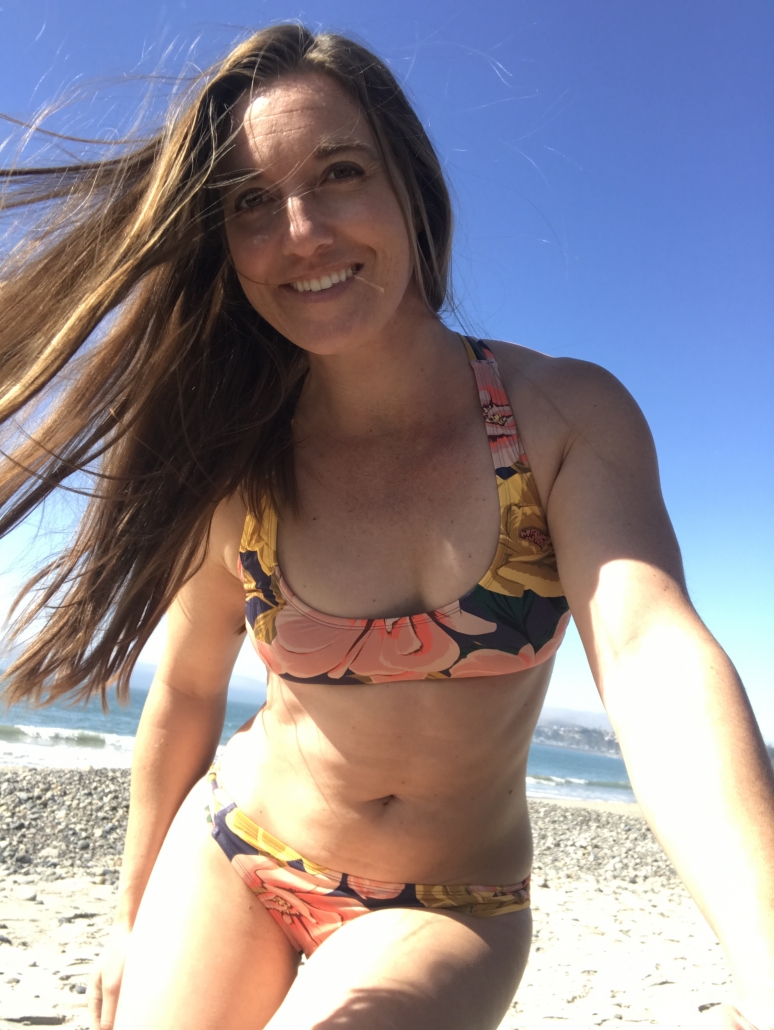 Summer-like conditions are suddenly taking over SoCal—February is famous for that. But don’t worry! It will go right back to being chilly and, despite the warm sun, the water temp is still hanging out in the 56-58 degree range. In between spouts of manic weather, let’s talk ‘kini season, shall we?
Summer-like conditions are suddenly taking over SoCal—February is famous for that. But don’t worry! It will go right back to being chilly and, despite the warm sun, the water temp is still hanging out in the 56-58 degree range. In between spouts of manic weather, let’s talk ‘kini season, shall we?


